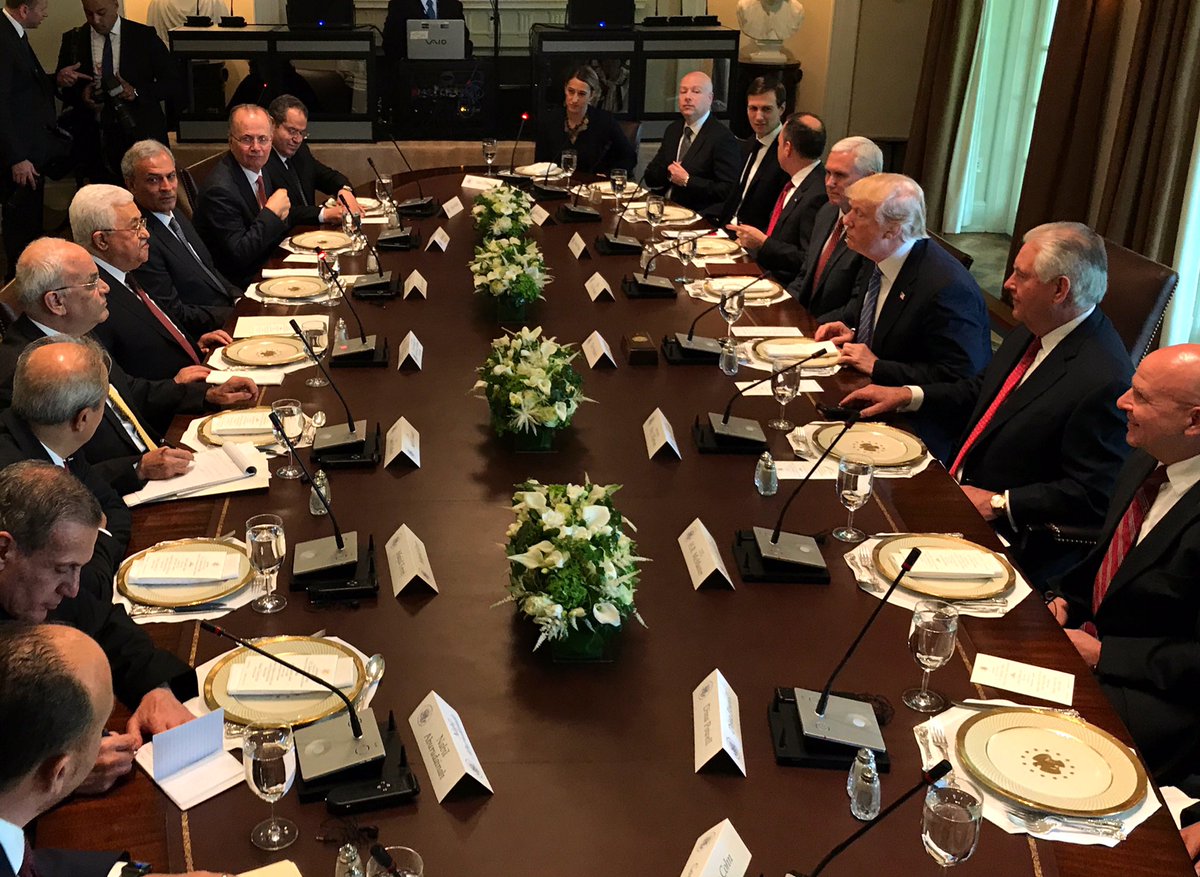Trump business partner accused of involvement in Dutch-based money laundering scheme
-

Dutch letter box companies implicated in million-dollar fraud
The American real estate development company Bayrock, through which Donald Trump constructed hotels and apartment complexes, used Dutch letter box companies in a network suspected of being involved in money laundering. A ZEMBLA investigation suggests that Bayrock siphoned off $1.5 million dollars by setting up a corporate structure in the Netherlands in 2007. In New York, Bayrock also stands accused of large-scale tax fraud. This incriminating information could place Donald Trump in an extremely difficult position, claims attorney F. Oberlander, who is prosecuting Bayrock on behalf of the State of New York: “The maximum jail term would be 30 years. So you’re in really serious trouble.”
In 2005, Donald Trump became 18% owner of an hotel-condominium known as Trump SoHo. Bayrock, the other owner, is accused of perpetrating fraud on a grand scale through, among other things, Trump SoHo. According to US law, this means that Trump is jointly liable for Bayrock’s criminal activities. Oberlander concludes:
“Anybody running a business through a pattern of crime is guilty of racketeering. Anybody knowing what they’re doing and are helping is guilty of racketeering conspiracy. They go to jail.”All Bayrock wants is to make clear to ZEMBLA that the Dutch corporate construction was established on the advice of an external legal counsel. ZEMBLA discovers that the firm in question is Bracewell & Giuliani. Rudy Giuliani, the former mayor of New York, and part owner of the law firm at the time, is also a Trump confidante. ZEMBLA has access to correspondence between the law firm and the Dutch director of a trust company in Amsterdam, which leaves no doubt as to the ultimate beneficiary owners of the Dutch business construction: the director of Bayrock and the Khrapunov family from Kazakhstan.
Viktor Khrapunov is a fugitive ex-mayor and governor from Kazakhstan. The Kazakhstan government accuses Khrapunov of embezzling hundreds of millions of state assets. In 2007, Bayrock and the Khrapunov family founded the Dutch joint venture KazBay B.V. ZEMBLA has copies of the act of incorporation, bank statements and internal communications showing how the suspected money laundering scheme was set up. “It was designed to get millions of dollars out of New York into Europe. Through KazBay. KazBay was just a conduit”, asserts attorney Oberlander.
The Dutch director of KazBay B.V. tells ZEMBLA that he has no knowledge of his clients’ dubious backgrounds. In 2007, the year that the Dutch letter box companies were established, Viktor Khrapunov’s alleged criminal dealings become public knowledge. Around the same time, it also becomes clear that Felix Sater, one of the Bayrock owners, has concealed his criminal past and mafia connections.

For years, the Dutch Central Bank has been concerned that Dutch trust companies are failing to comply with legislation. Over half of the companies investigated by the Dutch Central Bank are in breach of the regulations, such as subjecting their clients to rigorous screening. Investigations performed by the supervisory body reveal that hundreds of politicians from Russia and Kazakhstan make use of Dutch trust companies. Frank Elderson, director of the Dutch Central Bank: “There are no legal stipulations forcing you to do business with a former political hot-shot from Russia or any other high risk nation.”
Six months ago, the Financial Times reported that, in 2013, the Khrapunov family had bought three apartments in Trump SoHo to the tune of 3.1 million dollars. A sale from which Trump benefitted as joint owner. The White House, the Trump Organization and Viktor Khrapunov decline to answer ZEMBLA’s questions. In the episode ‘The Dubious Friends of Donald Trump: Part 1 – the Russians’, ZEMBLA explores the possible implications of these shady business dealings for the United States’ 45th president.
*** More on the letter box issue: Related reading/ EU to close ‘letterbox’ company tax loopholes
“Nearly one-third of all foreign profits reported by US corporations in 2003 came from just three small, low-tax countries: Bermuda, the Netherlands, and Ireland,” said a White House factsheet in 2009. Like the Queen in Shakespeare’s ‘Hamlet’ who protested that ‘The lady doth protest too much, methinks,’ the Dutch government hypocritically objected to the Netherlands being dubbed a tax haven and the White House deleted the line. The Dutch tax haven, has about 20,000 letter-box companies and in recent years, Facebook joined U2, the Irish rock group, to avail of the system. The Netherlands also hosts thousands of foreign financial vehicles. Bloomberg reports that a bookkeeper’s home office in Amsterdam, doubles as the headquarters for a Yahoo! Inc. offshore unit. It says as a deficit-strapped Europe raises retirement ages and taxes on the working class, the Netherlands’ role as a $13tn relay station on the global tax-avoiding network is prompting a backlash.
Bloomberg says that attracted by the Netherlands’ lenient policies and extensive network of tax treaties, companies such as Yahoo, Google, Merck & Co and Dell have moved profits through the country. Using techniques with nicknames such as the “Dutch Sandwich,” multinational companies routed €10.2tn in 2010 through 14,300 Dutch “special financial units,” according to the Dutch Central Bank. Such units often only exist on paper, as is allowed by law.
Google, IBM and Italian oil and gas group ENI head the list of companies using letter-box companies to cut their Dutch tax bills to between 0 and 5%, the Volkskrant daily said last week.


 BusinessInsider
BusinessInsider Freedom of Navigation Fact Sheet found
Freedom of Navigation Fact Sheet found 

